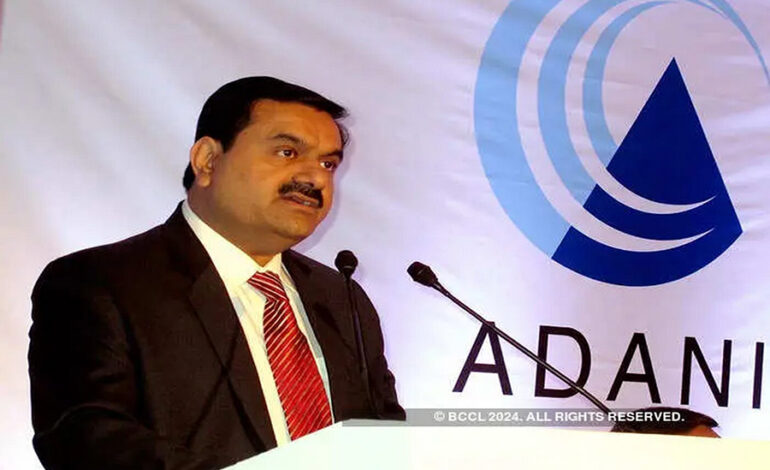India’s Air Passenger Traffic Projection

Anticipated Growth
Union Civil Aviation Minister Jyotiraditya Scindia has forecasted a significant surge in domestic air passenger traffic in India, estimating it to reach approximately 300 million annually by 2030. He emphasized that even with this growth, the country’s aviation market would remain largely untapped, presenting vast potential for future expansion.
India’s Aviation Potential
Addressing the inaugural session of Wings India 2024, Scindia lauded India’s progress in civil aviation over the past decade under the leadership of Prime Minister Narendra Modi. He highlighted the plans to increase the number of airports and waterdromes to over 200 from the current 149, indicating the nation’s commitment to bolstering its aviation infrastructure.
Untapped Market
Scindia stressed that even with 300 million domestic passengers by 2030, India’s aviation penetration would only be at 10-15%, leaving substantial room for growth. He underscored India’s potential significance not only within Asia but also on the global stage, emphasizing that despite advancements, India’s aviation market remains comparatively under-penetrated.
Growth Trajectory
Scindia provided insights into the growth trajectory of India’s aviation sector, citing a 15% Compound Annual Growth Rate (CAGR) for domestic air passenger traffic and 6.1% for international traffic over the past decade. India currently ranks as the third-largest domestic civil aviation market and the seventh-largest international market globally. When combined, it stands as the fifth-largest civil aviation market worldwide.
Fleet Expansion
Highlighting the expansion in fleet size from 400 to over 700, Scindia noted India’s emergence as a significant player in aircraft procurement, trailing only behind the US and China in purchases. He projected the fleet size to surpass 2,000 in the next decade, signifying substantial growth in aviation infrastructure.
Infrastructure Development
Scindia outlined the government’s efforts in modernizing and expanding airport infrastructure, with 75 new airports, waterdromes, and heliports built in the last decade. The aim is to increase this number to over 200 by 2030, reflecting the nation’s commitment to fostering regional connectivity and accessibility.
Udan Scheme
The minister commemorated the occasion by launching the Udan 5.3 scheme, highlighting its transformative impact on regional connectivity. Under Udan, infrastructure development at 76 airports, waterdromes, and heliports has facilitated the operationalization of 517 new routes, significantly enhancing accessibility and connectivity across the country.









